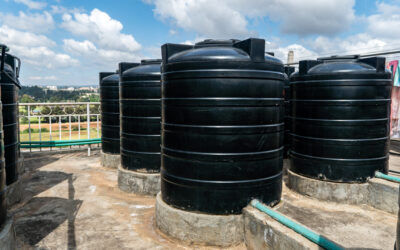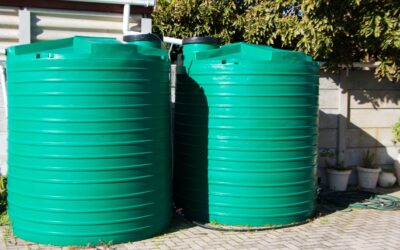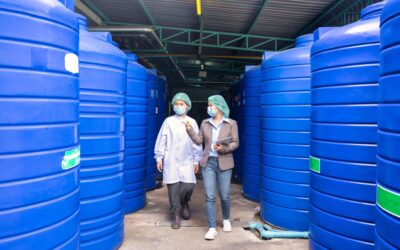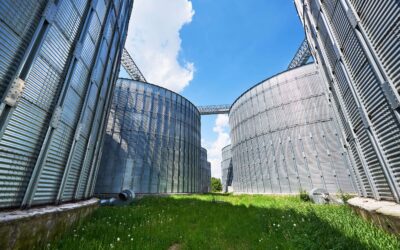Blog
News & Updates
Plastic tanks are the perfect choice for water storage, offering durability, affordability, and safety. Made from high-quality, food-grade plastic, these tanks ensure hygienic water storage for homes, industries, and agricultural needs.
At Ocean Group, we manufacture premium plastic tanks that are UV-resistant, corrosion-free, and designed to withstand extreme weather conditions. Our tanks come in various sizes to suit different requirements, providing long-lasting performance.
Choosing plastic tanks over traditional materials ensures lightweight handling, easy installation, and minimal maintenance. Whether for domestic, commercial, or industrial use, our plastic tanks provide an efficient and cost-effective solution for water storage.
Upgrade to high-quality plastic tanks from Ocean Group today and experience superior durability and efficiency.
Best Overhead Water Storage Tank for Homes and Businesses
When it comes to ensuring a safe and reliable water supply, choosing the best overhead water storage tank is crucial. In India, where weather conditions range from intense heat to heavy monsoons, a durable and hygienic tank is not just a convenience but a necessity....
Best Water Tank in India: A Complete Buyer’s Guide for 2025
When it comes to choosing the best water tank in India, durability, hygiene, and capacity are the most important factors to consider. With the increasing demand for reliable and long-lasting water storage solutions, Ocean Group (Ocean Polymer Technologies Pvt. Ltd.)...
Overhead Water Tank for Home: A Complete Guide by Ocean Group
Introduction Choosing the right water tank is one of the most important decisions for ensuring safe, reliable, and long-term water storage at home. An overhead water tank for home is not just a container; it is an investment in your family’s health and comfort. Ocean...
Best Plastic Water Tank in India – Why Ocean Group Leads the Way
When it comes to finding the best plastic water tank in India, durability, hygiene, and performance are at the top of every buyer’s checklist. With growing demand for reliable water storage solutions, Ocean Group, also known as Ocean Polymer Technologies Pvt. Ltd.,...
Best Overhead Water Tank in Kerala – Ocean Group’s Guide to Quality & Durability
When it comes to choosing the best overhead water tank in Kerala, durability, hygiene, and performance are top priorities. At Ocean Group, we have been delivering high-quality water storage solutions designed for Kerala’s unique climate and water usage needs. Whether...
Large Capacity Water Tank Solutions by Ocean Group
Why Large Capacity Water Tanks Matter Water is one of the most vital resources across all sectors—be it homes, factories, farms, or hospitals. As demand rises and supply challenges continue, having a reliable and large capacity water tank is no longer optional; it’s...
High-Capacity Water Tanks: Industrial-Grade Storage Solutions by Ocean Group
High-Capacity Water Tanks — A Critical Asset for Industries In sectors ranging from manufacturing and food processing to pharmaceuticals, hospitals, hospitality, and agriculture, uninterrupted access to clean and consistent water is non-negotiable. An efficient...
Your Guide to 500 Litre Water Tank Price & Features
Introduction In today’s world, efficient water storage is more than a necessity—it’s a smart investment. Whether for a compact urban home, a commercial facility, or a rural dwelling, a 500 litre water tank is often the ideal starting point. If you’re searching for the...
Ocean Group’s Large Water Tanks – Built Tough for India
Access to clean, Large Water Tanks with sufficient water is essential for both households and commercial establishments in India. Whether it’s daily household use, agricultural needs, or industrial purposes, large water tanks becomes a critical part of the...







